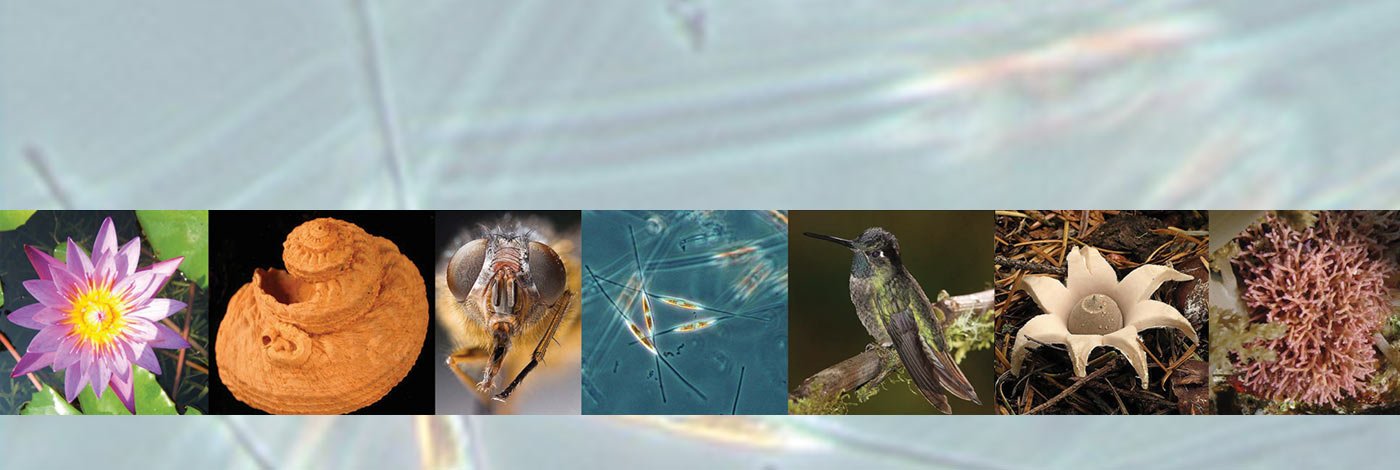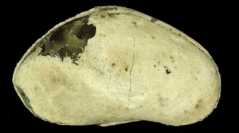

 European Journal of Taxonomy
804 (1) - Pages 1-62
European Journal of Taxonomy
804 (1) - Pages 1-62The impact of the late Devonian Hangenberg Event on ostracods is quantified for the first time from newly acquired data from the Blue Snake section, Guizhou Province, South China. Ninety–eight species belonging to 31 genera are identified and figured. Four new species are described: Clavofabella? lanshella sp. nov., Sansabella gelaohensis sp. nov., Cytherellina caerulea sp. nov., Sulcella baisuzhena sp. nov. The ostracod associations from the Blue Snake section document a significant drop in specific diversity as well as major changes in taxonomic composition through the Hangenberg Event. We here report the reduction of the proportion of Palaeocopida and the increase in that of Podocopida between the latest Famennian and the Tournaisian. The specific extinction and renewal rates are estimated at 44% and 62%, respectively. The main factor of the post–crisis renewal of ostracod faunas in the Blue Snake section appears to be the progressive diversification of the family Bairdiidae and was probably related to palaeoenvironmental changes. The characteristics of associations point to an increase of the water depth over the studied area, from a near–shore shallow environment during the latest Famennian to a deeper and more open offshore environment during the Tournaisian.